oFAR EASTERN NEPAL TOUR
introduction
A tour of Far Western Nepal offers a captivating exploration of the remote and less-explored region of the country. Located in the westernmost part of Nepal, the Far Western region is known for its pristine natural beauty, unique cultural heritage, and diverse wildlife. Here’s a description of what you can expect on a tour of Far Western Nepal:
ITINERYARY
Day 01: Arrive in Kathmandu and transfer to Hotel.
You will be met by our representative at the airport and transferred to the hotel in Hotel. Upon arrival in hotel check in and rest of the day free to relax.
Overnight at Hotel [-/-/D]
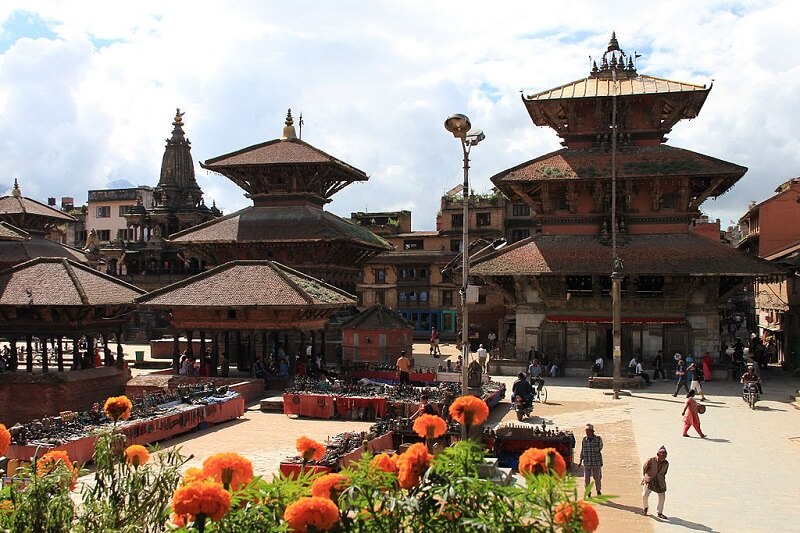

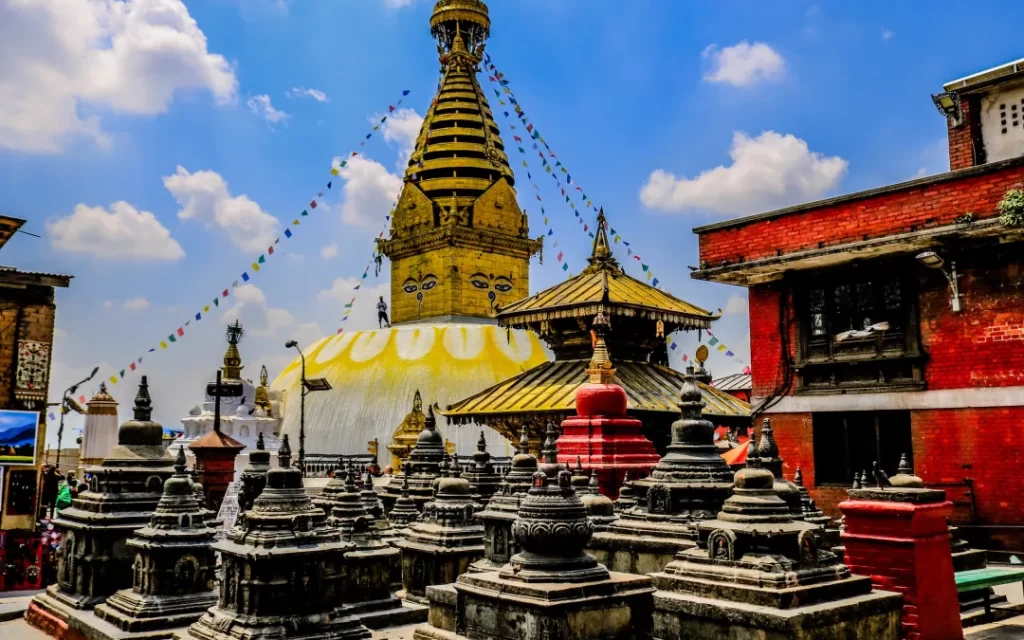

Day 02: Sightseeing in Kathmandu.
Today morning after your breakfast you will visit around Kathmandu city.
Boudhanath: This Stupa, eight kilometers east of Kathmandu City is one of the biggest in the world of its kind. It stands with four pairs of eyes in the four cardinal direction keeping watch for righteous behavior and human prosperity. King Man Dev built this Buddhist stupa at the advice of Goddess Mani Jjogini. It is built on an octagonal base inset with prayer wheels. Houses of Lamas ring the shrine or Buddhist priests.
Pashupatinath: Situated 5 Kilometers east of Kathmandu city, Pashupatinath temple is one of the holiest Hindu temple dedicated To Lord Shiva. Situated amidst a lush green natural setting on the bank of the sacred Bagmati River, the temple built in pagoda style has gilded roof and richly carved silver doors. Visitors will be permitted to view the temple from the east bank of Rivers Bagmati, entrance in the temple being strictly forbidden to all non-Hindus. Pashupatinath is the center of annual pilgrimage on the day of Shivaratri which falls in the month of February / March. Behind the temples are the cremation grounds.
Patan: It is 5 km / 3 miles away from Kathmandu city. Patan also known as Lalitpur is the city of fine arts, enclosed within 4 stupas said to be built in 3rd century AD by Emperor Ashoka. You will see the Durbar Square, the Patan Durbar
which houses a bronze collection, the Krishna Temple built by King Siddhi Narsingh Malla, Hiranya Varna Mahavihar and Mahaboudha Temple.
Overnight at Hotel [B/L/D]
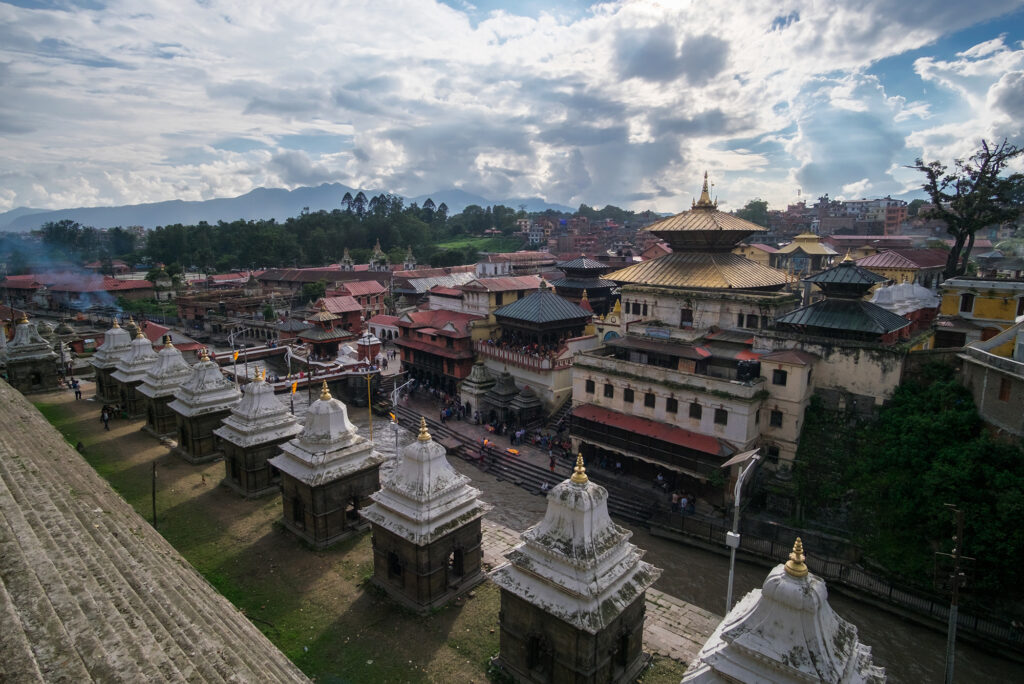



Day 03: Drive from Kathmandu to Jankpur (7 hours approx. 240 Kms) via Mulkot.
After the breakfast at the hotel today you will be all set for the Moto adventure where you meet your biking team and short briefing about theroad safety and rules for the start up.
Today we drive towards Jankpur where the roads are mostly black top passing through the small cities around Kathmandu via Dhulikhel, Namobuddha and then via Sindhuli to Jankpur. The roads are mostly up/down hills with curving turns and once we reach the low lands the roads are slightly straight than before.
Janakpur is a center for religious and cultural tourism which is located 128 km south-east of Kathmandu. The city was founded in the 18th century, known as Janakpurdham and the earlier city to have existed in the area. Janakpur is the capital of ancient Mithila culture and is renowned as the birthplace of Sita, the wife of Lord Rama. Janakpur Nepal is also on the holy route of Parikrama carried out by Hindus as a form of worship in Ayodhya, Kashi, and Brij in India as well.
Janakpur is located in Terai where the climate is humid subtropical. In most part of the city, the vehicle is banned and there is essentially no traffic. The major attraction here is Janaki Mandir (Temple), dedicates to Sita who is also known as Janaki. It is a massive marble temple in the center of
town, where Janaki Temple Historical Museum also
presented inside. Everyone can enter the temple
including non-Hindu. The deities in the temple are Sita,
Rama and Rama’s brothers Lakshmana, Bharata, and
Satrughna. As per the great Hindu epic Ramayan, Lord
Ram and Sita met in Janakpur and were married in
Bibhaha Mandapa. This temple honors the wedding of
Ram and Sita lies next to the Janaki Mandir.
Overnight at Hotel [B/L/D]
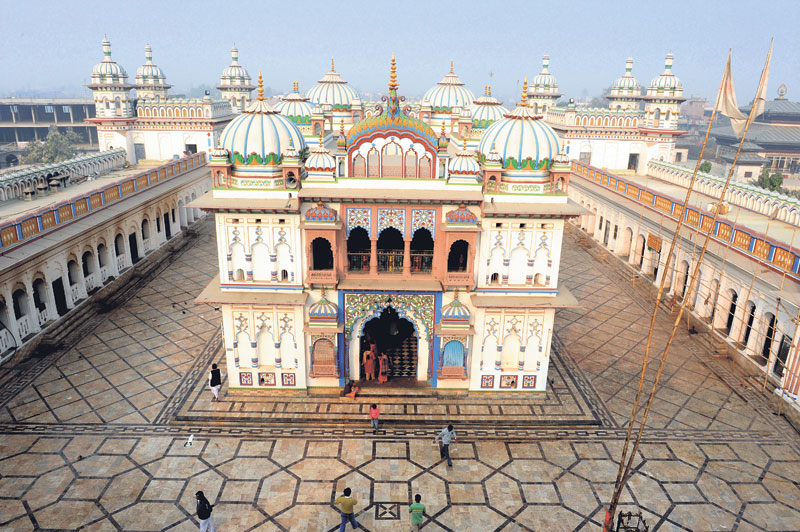

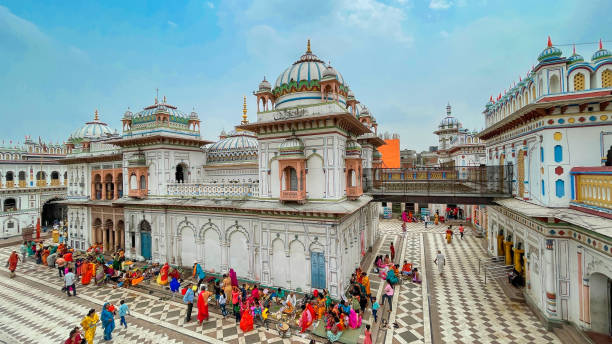

Day 04: Drive from Jankpur to Koshi Tappu (4-5 hours approx. 180 Kms).
Today morning after your breakfast we scroll around Jankpur Temple and then onward drive to Koshi Tappu. The roads are mostly straight passing through small villages and towns and from here you will feel bit hot humid in the air as it lies in the plains of Nepal.
Koshi Tappu wildlife reserve has engraved a position itself as a birdwatchers’ glory. It was established as a wildlife reserve in 1976 with an aim to protect the last remaining population of Asiatic Wild Buffaloes in Nepal. Koshi Tappu Wildlife Reserve is a protected area in the Terai of eastern Nepal covering 175 km sq. of wetlands in the Sunsari, Saptari, and Udayapur districts. The vegetation of the reserve is mainly grassland with patches of scrub and deciduous riverine forest. The prominent Koshi barrage on the southern side of the sanctuary has created a water reservoir where thousands of migrating waders and wildfowl take rest. Within this stretch, many birds and mammals are found that offer the experience of a lifetime.
The Wild Buffalo, the Blue Bull, and the Gangetic Dolphin are predominant features of the Koshi Tappu Wildlife Reserve. Over 300 birds are available at the Koshi Tappu Wildlife Reserve for birdwatchers with the internationally endangered Swamp Partridge. A wide range of faunal species inhabits the protected area. In its water courses and ponds, 200 species of fish have been recorded, most of which are resident. Two toad species, nine frog species, six lizard species, five snake species, 11 turtle species are recorded. Gharial and Mugger crocodile occur as well. The Koshi River also supports sparse populations of endangered species.
Overnight at Simple Lodge [B/L/D]
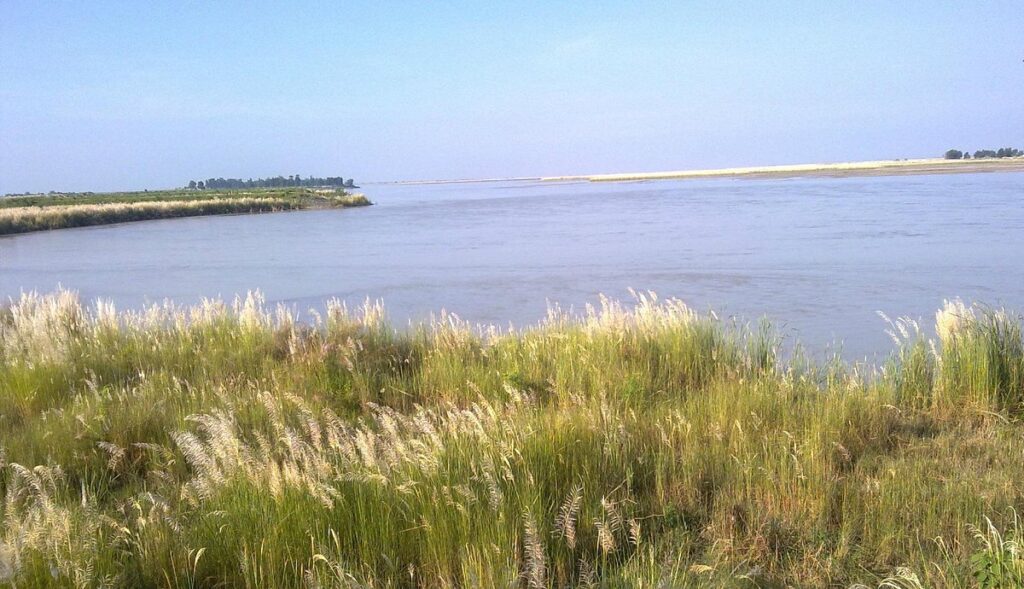

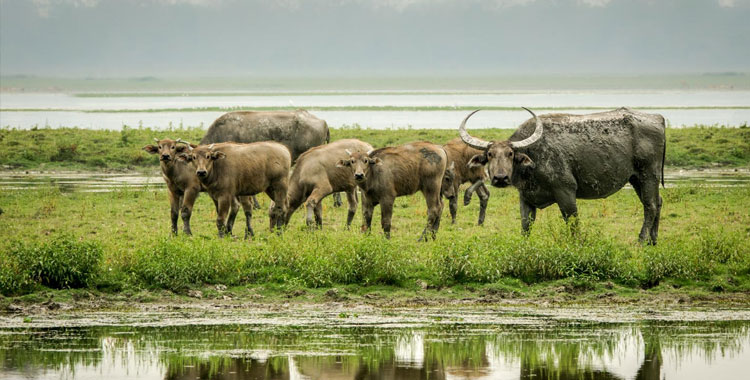

Day 05: Drive from Koshi Tappu to Illam via Birtamode
(6-7 hours approx. 200 Kms).
After breakfast brief drive to see outstanding Dhakmar red cliff and the several colorful Chhorten on foot of the unique red cliff. A drive continues over the pass which offers a wide view of arid landscapes with walled mountains where the adventure route of Nar Phu valley trek route Tiri la pass trail is marked. The off-road drive continues to Ghar Gompa, the oldest monasteries of Upper mustang believed to be built in the 8th century, here you will see a huge statue of Maitreya the future Buddha also see the Himalayas above the high plateau. A drive further-up on a dusty road with a marvelous view of the Himalayas.
Overnight at Simple Lodge [B/L/D]
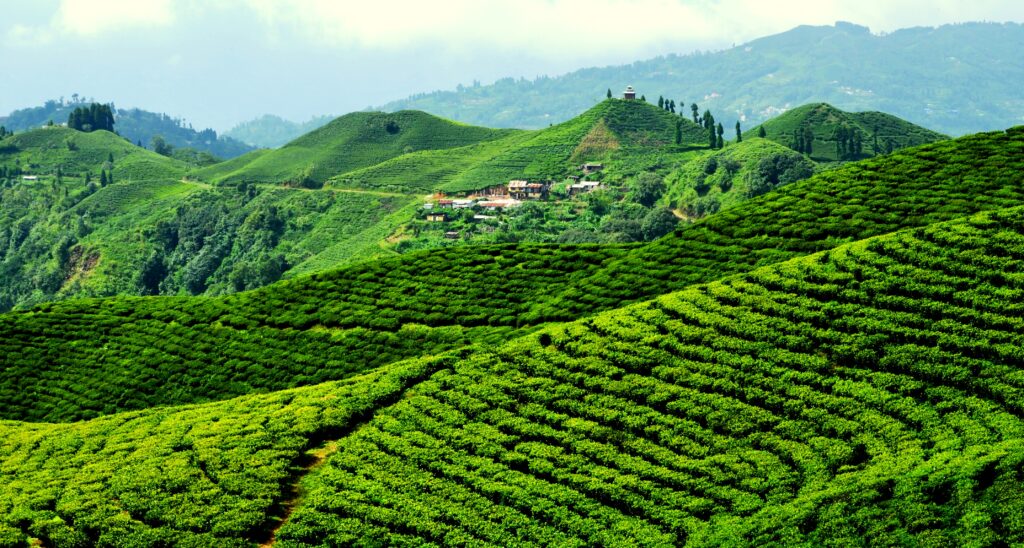

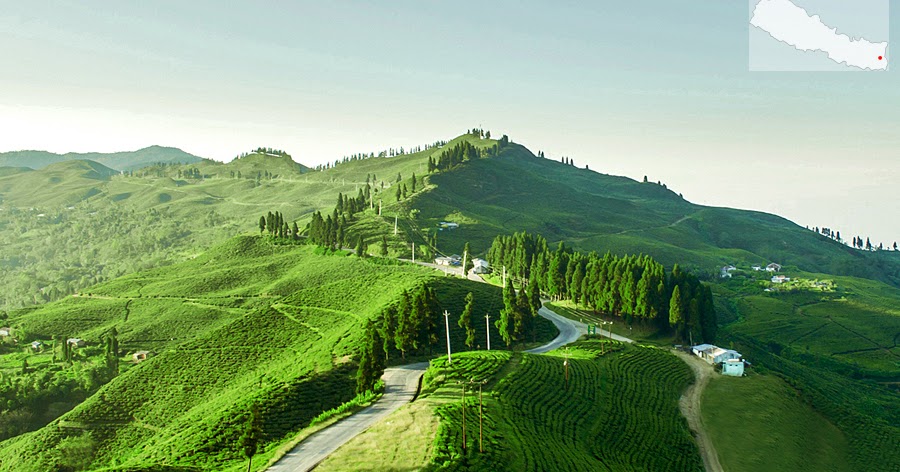

Day 07: Drive from Bhedetar to Hille, visit RajaRani Lake
(6 hours approx. 100 Kms).
Today after your breakfast you will be taken for a short excursion to RajaRani Lake whichis approx 2-3hours [Approx. 50 kms both ways] to/from. RajaRani Lahe is self-made natural lake at an altitude of 1500 meter above the sea level. Lotus is flower in the middle of this natural lake. This is probable biggest and most beautiful lake in hilly areas of East Nepal. This place was originally called as Mayawarak and Pawarak in local indigenous Limbu language. This lake area contains two little ponds called Dude Daha and Kali Daha and a little falls. You can enjoy boating and fishing in this beautiful lake.
After you visit to the lake we then go onward ride to HIlle as it is short distance with the winding roads with flourished hills around the area till we reach Hille.
Overnight at Hotel [B/L/D]
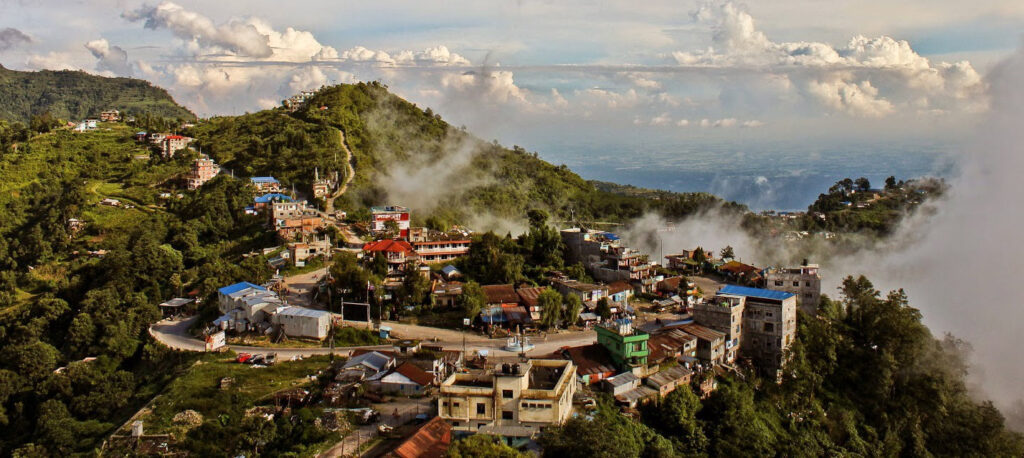

Day 08: Drive from Hille to Basantapur (Terathum ) –
Hille (3 hours approx. 55 Kms).
After your breakfast we go around excursion to Terathum and return back to Hille for overnight stay.
An area of verdant pastures, stunning mountain views, scintillating sunrises and sunsets, and friendly Limbu people, Tehrathum offers an excellent respite from the noise and stress of city life. The diverse landscape from terraced hillsides to the vast plains of the tarai plains are covered in rich green vegetation, a refreshing change from the dull concrete jungle of the city.
Basantapur (2,200 m) in Tehrathum lies near to Taplejung and further on to the Kanchenjunga region. Visitors arrive here in the little Basantapur Bazaar surrounded by greenery, and enjoy mountain views before embarking in eastern Nepal. .
Tin Jure: From Tin Jure Danda (3,066 m) (danda means ridge) one can enjoy spectacular sunrise and sunset views, and admire the Makalu massif among other Himalayan peaks. This region is famous for the thirty-four varieties of rhododendron found here. Tin Jure Danda is only about a half hour walk from Basantapur.
Overnight at Hotel [B/L/D]
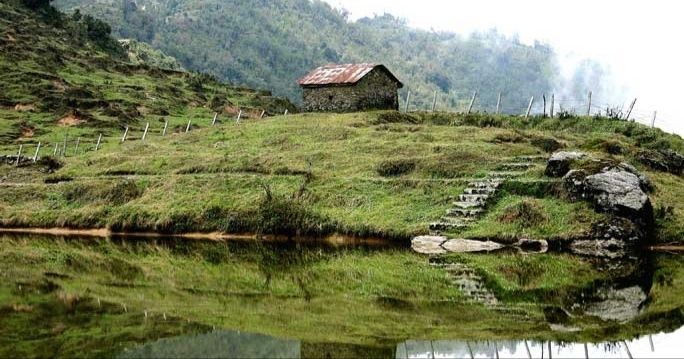



Day 09: Drive from Hille to Bardibas Via Aurabani
(7-8 hours approx. 286 Kms).
After you day rest and breakfast today we move on to Bardiabas which we return back via same road through hille and to Dharan. Till Dharan the roads are curve and from there we reach the plain where we go pass Koshi Tappu till Bardiabas which is a small town where we stop for the night.
Overnight at Hotel [B/L/D]


Day 10: Drive from Bardibas to Patale (Solokhumbu)
(7-8 hours approx. 210 Kms).
After your breakfast the road is mostly straight towards Pattale Village as we have to climb up hill you will enjoy the fresh air of the hilly region.
From Pattale village you can see the mesmerizing panoramic views of mountains like Makalu, Mera peak I, Mera Peak II, Mera Peak III , Chamlang, Kanchenjunga, Everest, Lhotse, Numbur, Kariyalung, Tauche, Thamserku. If you’d like to capture the beautiful and mesmerizing mountains of Nepal.
Pattale village situated in Solukhumbu district of Nepal is a beautiful place to roam around. The specialty of the village is that it got the special panoramic appearance of many highest peaks of Nepal and world as well. Driving thorugh BP Highway from Jayaram Ghat crossing the fast flowing Sunkoshi River. Then we turn towards the left via Okhaldhunga bazaar ascending to Pattale Bazar.
Overnight at Simple lodge [B/L/D]
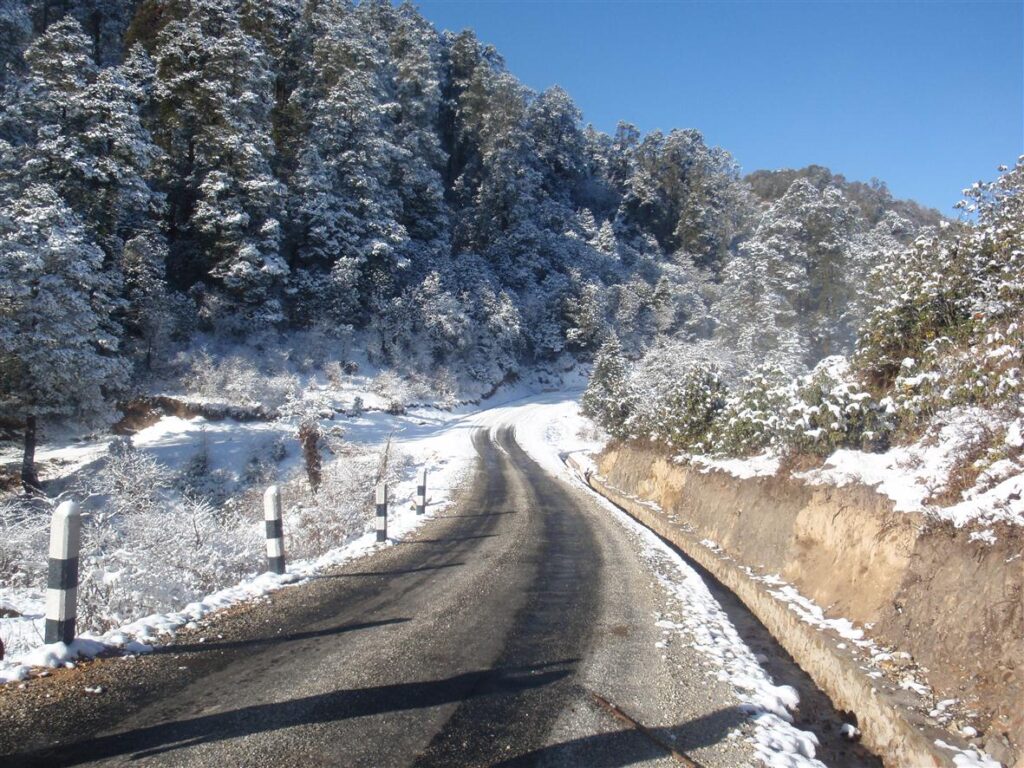

Day 11: Second overnight at Patale Village.
From Pattale Bazzar also we can scenarize the mesmerizing beauty of mountains like Everest, Lhotse, Numbur, Kariyalung, Tauche, Thamserku. A 30-45 min hike will take you to the Thale Danda (3151 m) where you can see the mesmerizing panoramic views of mountains like Makalu, Mera peak I, Mera Peak II, Mera Peak III , Chamlang, Kanchenjunga, Everest, Lhotse, Numbur, Kariyalung, Tauche, Thamserku. If you’d like to capture the beautiful and mesmerizing mountains of Nepal
Overnight at Simple lodge [B/L/D]
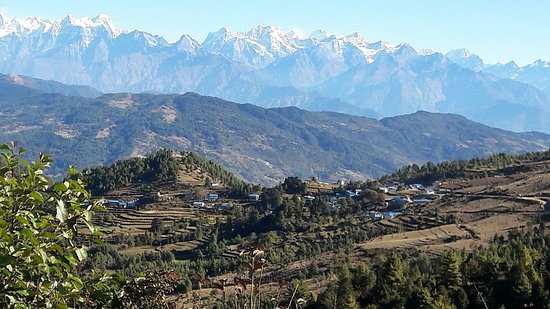

Day 12: Drive back to Bhaktapur (7-8 hours approx. 230 Kms).
Today morning we would h ave to start early so, after your breakfast we return back to Bhaktapur from the same way via Dhulikhel. Once we reach at the hotel in Bhaktapur rest of the day free to relax.
Overnight at Hotel [B/L/D]
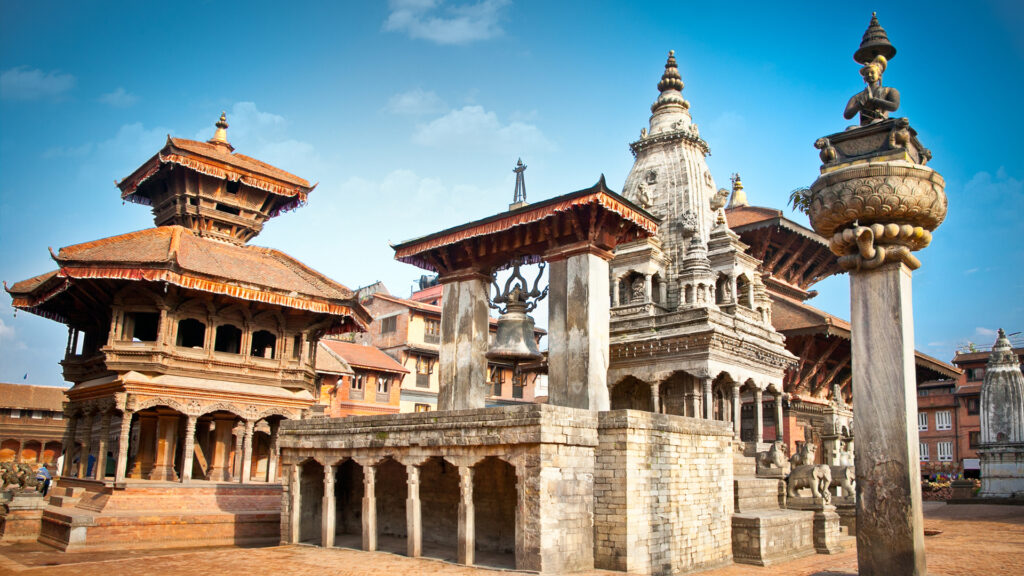

Day 13: Drive back to kathmadnu
After your breakfast we scroll around the ancient of Bhaktapur and then we return back to Kathmandu. Rest of the afternoon you are free to relax or last minute shopping before your journey back home.
Bhaktapur: Bhaktapur is the third major city in the Kathmandu Valley, and we will visit its Durbar Square, which, although larger than Katmandu’s has fewer temples due to an earthquake in 1934. We also visit the NyatapolaTemple, which at 98ff. height, is not only the highest temple in the valley but also one of the best examples of traditional Nepali architecture. A major German funded project brought pavements and sewers, but Bhaktapur is still the most distinctly medieval of the three cities. The main occupations are weaving, pottery and fanning, and the houses are traditionally of brick with intricate wood carving for decoration.
Drive back to Kathmandu.
Overnight at Hotel [B/L/D]
DO YOU WANT JOINT WITH Mab Adventure Moto CLUB?
Embrace the Adventure: Become a Member of Mab Adventure Moto Club and Embark on Thrilling Rides, Connect with Fellow Enthusiasts, and Experience the Joy of Moto Exploration.

